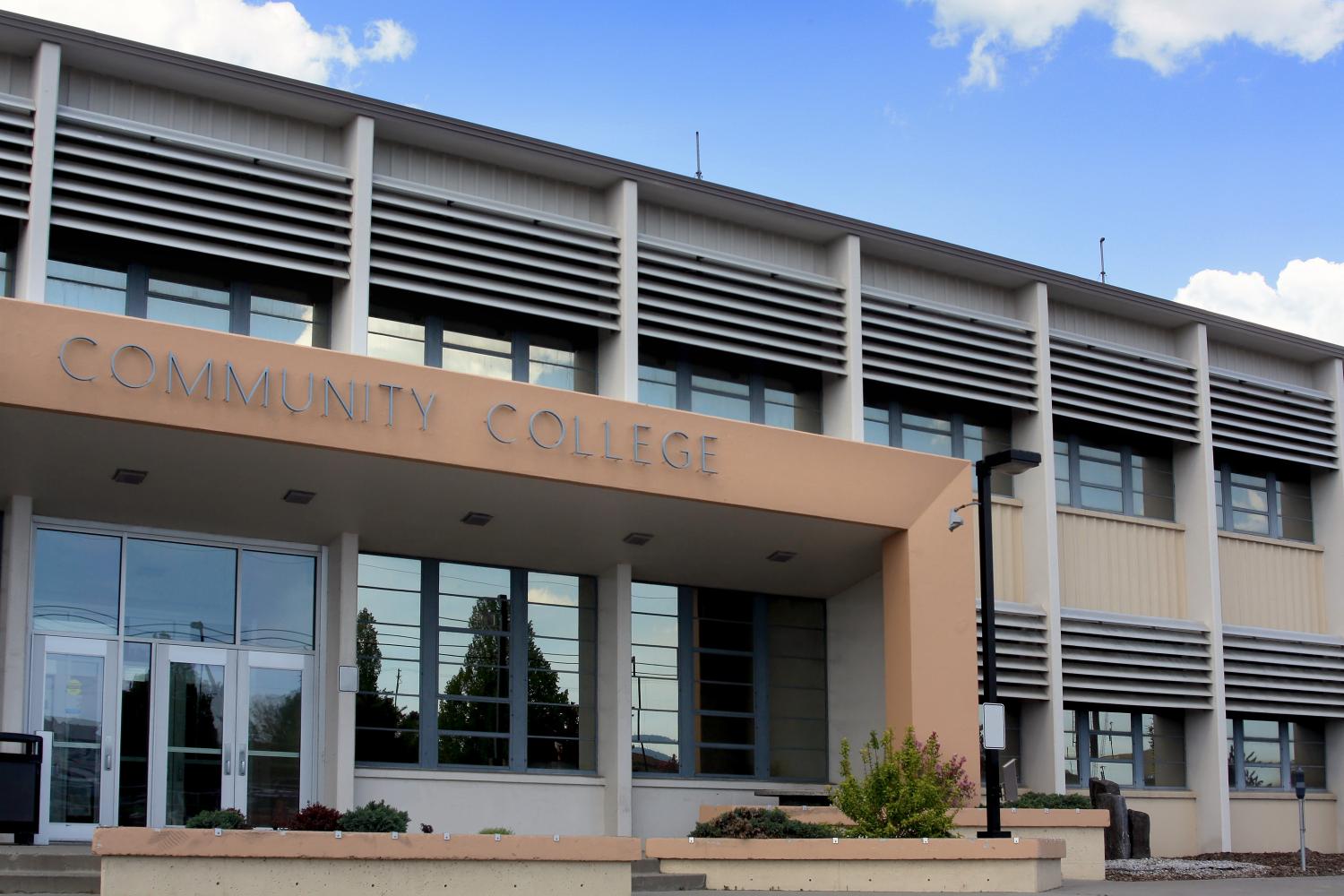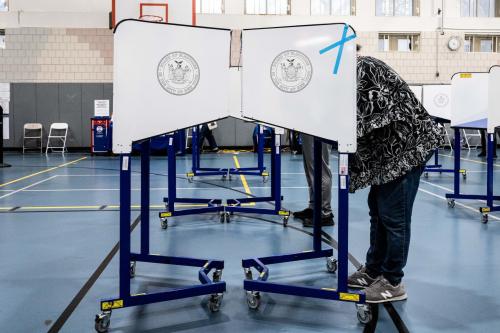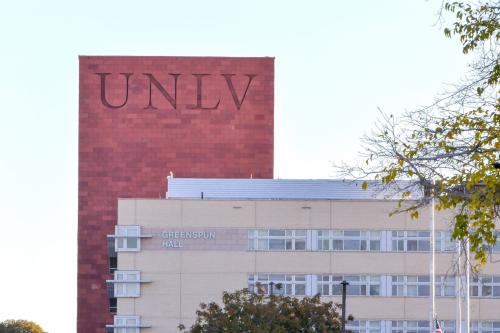Amid persistent concerns about the well-documented skills gap, community colleges have the potential to provide low-cost, high-quality education and training to students. Robust relationships between colleges and local industry partners are critical to building strong workforce development programs for students. In this context, this toolkit offers practical advice on how community college leaders can take a deliberate approach to communication with potential partners in their community, including local businesses and industry leaders.
Tips on using this toolkit:
-
- This toolkit includes three sections, each of which discusses practical strategies that college leaders can tailor to their own circumstances to build and maintain productive relationships with industry partners. Feel free to navigate directly to the sections that are most relevant to your needs.
- These recommendations are based on lessons learned from existing research and from conversations with industry and community college leaders as well as intermediaries.
- You may also download a PDF of the full set of recommendations, which contains additional information as well as suggestions for further reading.
References
Alssid, Julian L., David Gruber, Davis Jenkins, Christopher Mazzeo, Brandon Roberts, and Regina Stanback-Stroud. “Building a Career Pathways System: Promising Practices in Community College-Centered Workforce Development.” Workforce Strategy Center (2002). https://eric.ed.gov/?id=ED470457
Blair, Amy, Stephen Michon, and Maureen Conway. “Communities That Work Partnership Playbook.” Workforce Strategy Initiative at the Aspen Institute (2016). http://www.aspenwsi.org/wordpress/wp-content/uploads/CTWP-Playbook-Final-Nov-28-2016.pdf
Buettner, David L., Michael C. Morrison, and Margery Wasicek. “Successful experiences with making partnering an operational strategy.” New Directions for Community Colleges, no. 119 (2002): 5-12. https://eric.ed.gov/?id=EJ661522
Burrowes, Jennifer, Alexis Young, Dan Restuccia, Joseph Fuller, and Manjari Raman. “Bridge the Gap: Rebuilding America’s Middle Skills.” Harvard Business School (2014). http://www.hbs.edu/competitiveness/Documents/bridge-the-gap.pdf
Giffi, Craig, Ben Dollar, Michelle Drew, Jennifer McNelly, Gardner Carrick, and Bharath Gangula. “The Skills Gap in US Manufacturing: 2015 and Beyond.” Deloitte (2015). http://www2.deloitte.com/content/dam/Deloitte/us/Documents/manufacturing/us-pip-the-manufacturing-institute-and-deloitte-skills-gap-in-manufacturing-study.pdf
Jenkins, Davis. “Career Pathways: Aligning Public Resources to Support Individual and Regional Economic Advancement in the Knowledge Economy.” Workforce Strategy Center (2006). http://www.sectorstrategies.org/system/files/WSC_Career_Pathways_howto.pdf
Jenkins, Davis, and Christopher Spence. “The Career Pathways How-To Guide.” Workforce Strategy Center (2006). http://www.sectorstrategies.org/system/files/WSC_Career_Pathways_howto.pdf
Kisker, Carrie B., and Rozana Carducci. “UCLA community college review: Community college partnerships with the private sector-organizational contexts and models for successful collaboration.” Community College Review 31, no. 3 (2003): 55-74. http://journals.sagepub.com/doi/abs/10.1177/009155210303100304
Levin, John S., Elizabeth M. Cox, Christine Cerven, and Zachary Haberler. “The recipe for promising practices in community colleges.” Community College Review 38, no. 1 (2010): 31-58. http://journals.sagepub.com/doi/abs/10.1177/0091552110374505
Rab, Sara. “Building a Career Pathways System: Promising Practices in Community College–Centered Workforce Development.” Educause Quarterly (2003). http://net.educause.edu/ir/library/pdf/EQM03111.pdf
“Ready to Work: Job-Driven Training and American Opportunity.” The White House (2014). https://obamawhitehouse.archives.gov/sites/default/files/docs/skills_report.pdf
Soares, Louis. “Community college and industry partnerships.” Center for American Progress (2010). https://www2.ed.gov/PDFDocs/college-completion/02-community-college-and-industry-partnerships.pdf
Spangler, Mary S. Developing Successful Partnerships with Business and the Community. New Directions for Community Colleges. No. 119. San Francisco: Jossey Bass, (2002). https://eric.ed.gov/?id=ED472019
Sundberg, Lori. Building Partnerships with Business that Make a Difference, in M.S. Spangler (Ed.), Developing Successful Partnerships with Business and the Community. New Directions for Community Colleges, No. 119. San Francisco: Jossey Bass, (2002). https://eric.ed.gov/?id=ED472019
Wyner, Joshua S. What Excellent Community Colleges Do: Preparing All Students for Success. Harvard Education Press, (2014).




